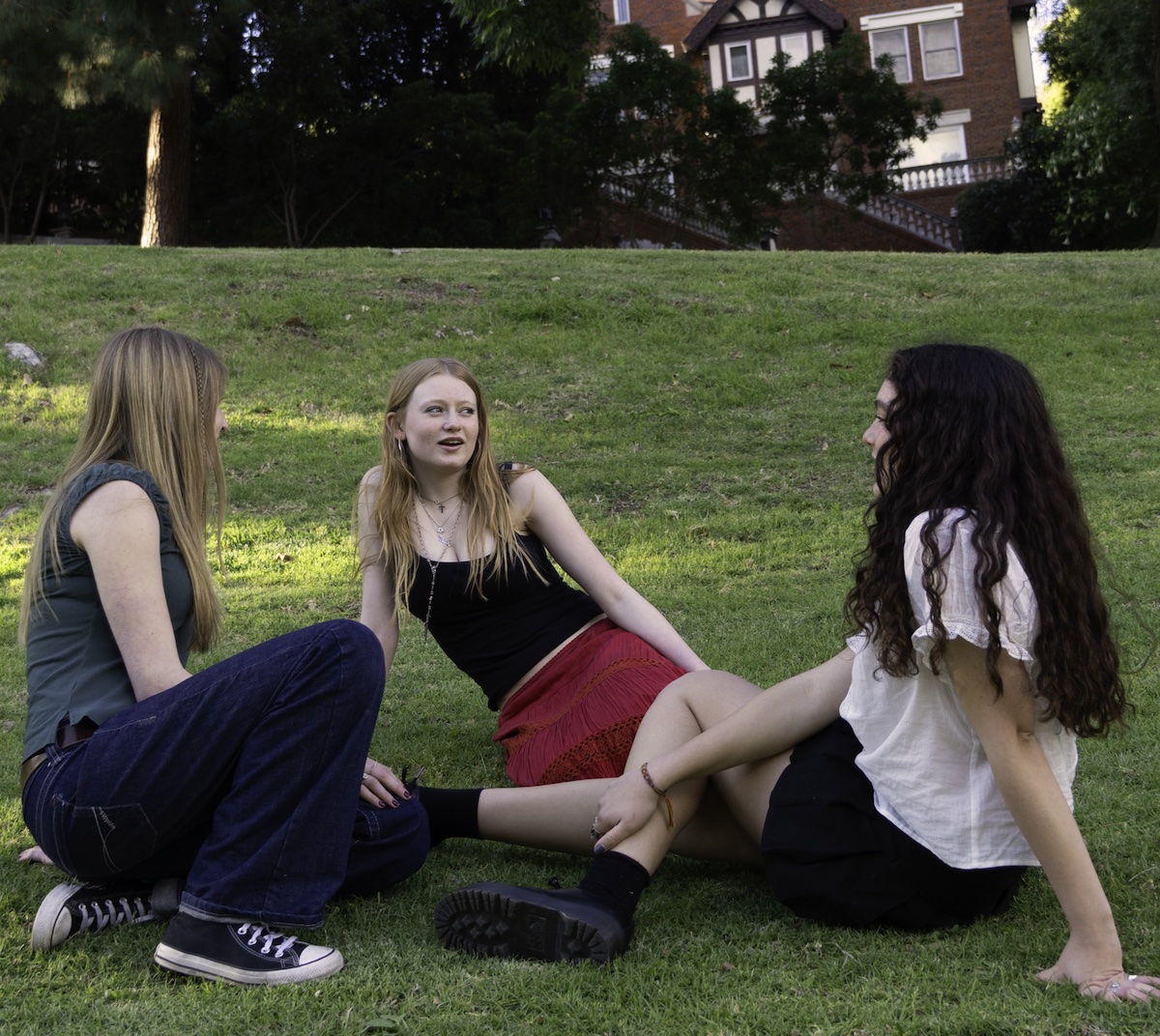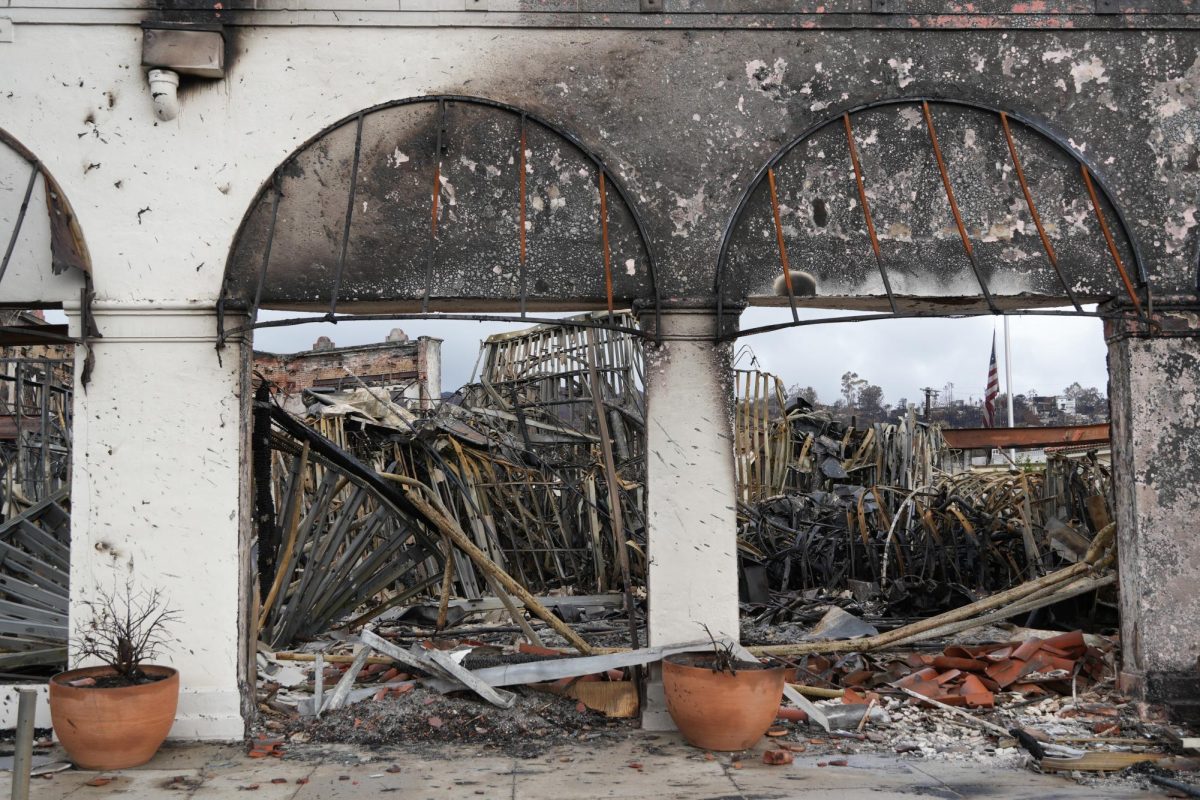
The Institute for the Study of Homelessness and Poverty states on any given night, 82,000 people in Los Angeles, which is 1 in 217 people, are homeless. Homelessness is an especially relevant topic in Los Angeles, given the fact that according to a 2016 report from The Los Angeles Times, two thirds of all homeless people in the United States live in Los Angeles. Two thirds is already a large majority, but the population of homeless people in LA is continuing to grow. In fact, the same article in the LA Times states that since January 2015, the homeless population in LA has grown by 11 percent.
The growth can be attributed to many factors. The moderate Los Angeles winters, unlike those in New York City and Chicago, allow people to sleep on the street without undue cold. Another factor that has contributed to the large numbers is the defunding of psychiatric hospitals in California. In the late 1960s, former Governor Ronald Reagan shut down over half of the hospitals. Patients with mental illness had few options but to live on the streets.
Michael Nailat is the program officer for Housing at Home For Good, an organization that works to end homelessness in Los Angeles county. The organization works extensively with homeless people who have been diagnosed with mental health issues.
“Many times these people will end up in hospitals or jails, but without the proper supports or facilities, they will end up back on streets again without a path to a home,” Nailat said.
Also contributing to LA’s title of the “Capital of Homelessness” is the lack of affordable housing. There are more people than there are houses, a situationwhich creates a “seller’s market,” meaning that landlords and real estate agents can raise the prices of housing.
“As a result [of the seller’s market], the people who can’t afford these prices can lose their homes through eviction, and will find it even more difficult to find affordable housing because there simply isn’t any,” Nailat said.
Exacerbating the problem, according to Nailat, is the fact that homeless people are often denied housing due to “misconceptions and the fear about safety and reliability.” When homeless people seek assistance in obtaining shelter, they are usually given a housing voucher, which pays for a large part of their rent. Then they have to look for housing that accepts the voucher. Recipients of these vouchers can wait up to a year after obtaining the housing voucher to actually find housing, and he noted some people give up while looking.
Attitudes and prejudices towards homeless people
For many people, the word “homelessness” evokes a variety of emotions. Questions inevitably arise as to how to broach the subject and how to interact with homeless people. However, these emotions and questions often translate into damaging stereotypes. According to a survey completed by 102 Marlborough students, 10 percent of the school makes the assumption that homeless people are dangerous, and 9.5 percent of students surveyed believe that homeless people are uneducated. 34 percent of the community make the assumption that homeless people have mental health issues. When 25 percent of respondents see a homeless person, they cross to the other side of the street to avoid interaction.
These prejudices make the challenges of homelessness even worse. Fernando, a man who was previously homeless, said that it can be hurtful when people cross the street upon seeing him.
Fernando is an aspiring author as well as a loving father and husband with a dream of appearing on The Ellen Show. Before 2014, Fernando was an addict and lived on the streets of Downtown Los Angeles. He spent his days in front of a building in the Arts District with nothing but a shopping cart and a blanket. He now lives in supportive housing, creates inspirational posters and is working on a way to reunite with his children.
Fernando recalled how people would pass him by on the street and look like they were scared.
“Especially the ladies were scared of me. They don’t know the whole condition until they live it themselves. The majority of people are not dangerous…I always kept to myself. I never went off on anybody,” Fernando said.
Sarah ’18 who volunteers for School on Wheels, a nonprofit that provides educational opportunities for homeless children, explained another stereotype.
“One stigma that exists is that homeless people aren’t doing a lot to get back on their feet. In fact, that is not true. Lots of homeless people are looking for housing and looking for jobs, and homeless children are attending school,” Sarah said.

School Counselor Emily Vaughn, who has worked with homeless children in the past, said that such stereotypes are exacerbated by fear of the unfamiliar.
“People are scared of people who are different,” Vaughn said. “People don’t know what to do. Homelessness is emotionally difficult for many people, because they don’t have a solution for it. A lot of times, when they see it they move away from it because it feels so overwhelming.”
What can you do to help the issue?
There are numerous ways people of all ages and backgrounds can make an impact on the issue of homelessness in Los Angeles.
Mike Bonin, a Venice city councilman, has plans to reduce homelessness due to his own experience with being nearly homeless.
“I have a sense of how easy it is to go from being housed to un-housed, and a sense of how easy it is to go from sort of teetering on the edge to falling into the abyss,” Bonin said to The Los Angeles Times.
He said that he hopes to build houses for the homeless over a city-owned parking lot near Venice Beach, which has one of the largest concentrations of homelessness outside of Skid Row. If his plan becomes a reality, Venice’s homeless population would benefit immensely, according to The LA Times.
Voters in Los Angeles recently passed Mayor Eric Garcetti’s Measure HHH, which authorizes 1.2 billion dollars in bonds to pay for the construction of 10,000 units of housing for homeless people. The LA Times said it is a huge victory for Garcetti and for the homeless population of Los Angeles, who will have access to even more housing opportunities.
Permanent supportive housing has also been an effective tool in alleviating the burden of homelessness. The idea is that an entire apartment complex is devoted to housing the homeless; the first floor is usually allocated to a service, whether that be relating to mental health, job replacement, or a clinic, while floors two and above will be apartments.
Community Outreach Coordinator Pamela Wright, who has worked extensively with the homeless in the past, said she believes that the success of these programs can be attributed to the sustainability of the models.
“[They] keep people off the streets, unlike a shelter, which is temporary and only provides them with emergency services, not sustainable ones. Everything they need to survive and thrive is in this building for them,” Wright said.
According to Wright, little things, such as the peanut butter and jelly sandwich making and hygiene kit drives at The School, go a long way. These events have a lasting effect on the homeless population by providing them with basic necessities.

Marlborough students can volunteer at programs such as People Assisting The Homeless (PATH) by cooking meals at its permanent housing residences or by helping to decorate an apartment so that it feels a bit more like home. Students can also work with The Alexandria House, which focuses on aiding women and children, and there are always volunteer opportunities there, especially during the summer and winter/spring break when the women’s children do not attend school and need daycare services.
School on Wheels is another program that aims to provide educational services to homeless children in Southern California. Sarah ’18 recently started tutoring at School on Wheels and explained the positive impact her work has on both her and the children.
“The most rewarding part is working one-on-one with the kids. It’s always fun to share their excitement in learning and school. I would definitely recommend it to all members of the community,” Sarah said.
Students can help the homeless community in other ways, including advocacy. They can phone bank, canvas neighborhoods and work at events to educate the population on the reality of homelessness in Los Angeles and to increase awareness. Students can also make an immediate impact when they see a homeless person on the street.
When approaching a homeless person, Fernando said that when you feel comfortable, the best thing to do is not to give money or act scared, but to offer a useful item.
“A handout, a blanket, a meal card [is the best]. Because when you’re homeless, with a five dollar meal card, you can buy food. That is much better than giving money because there are a lot of drug and addiction problems. I am so glad I can see clearly now,” Fernando said.
Wright said our actions can truly make a difference.
“They are humans, and what has happened to them can happen to any of us. [By treating them as such], our words really go the distance. It couldn’t be a more simple thing. You’d be surprised at how often you’d get a really lovely response,” Wright said.






